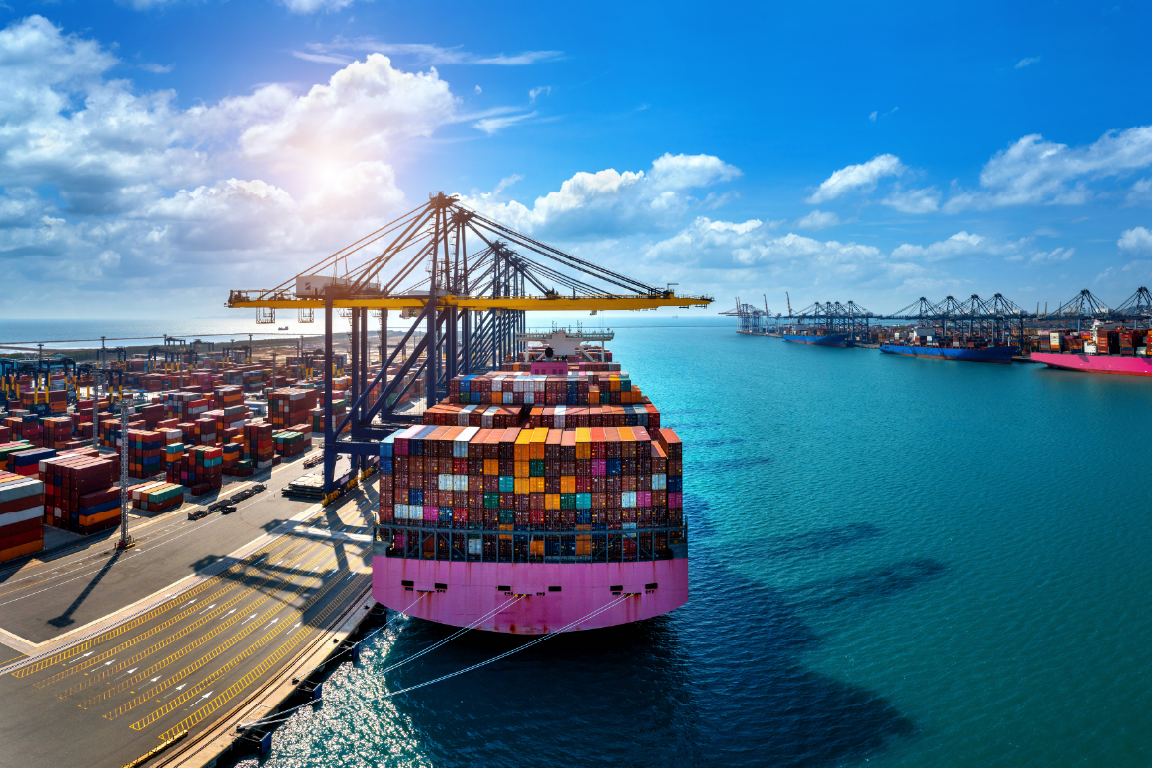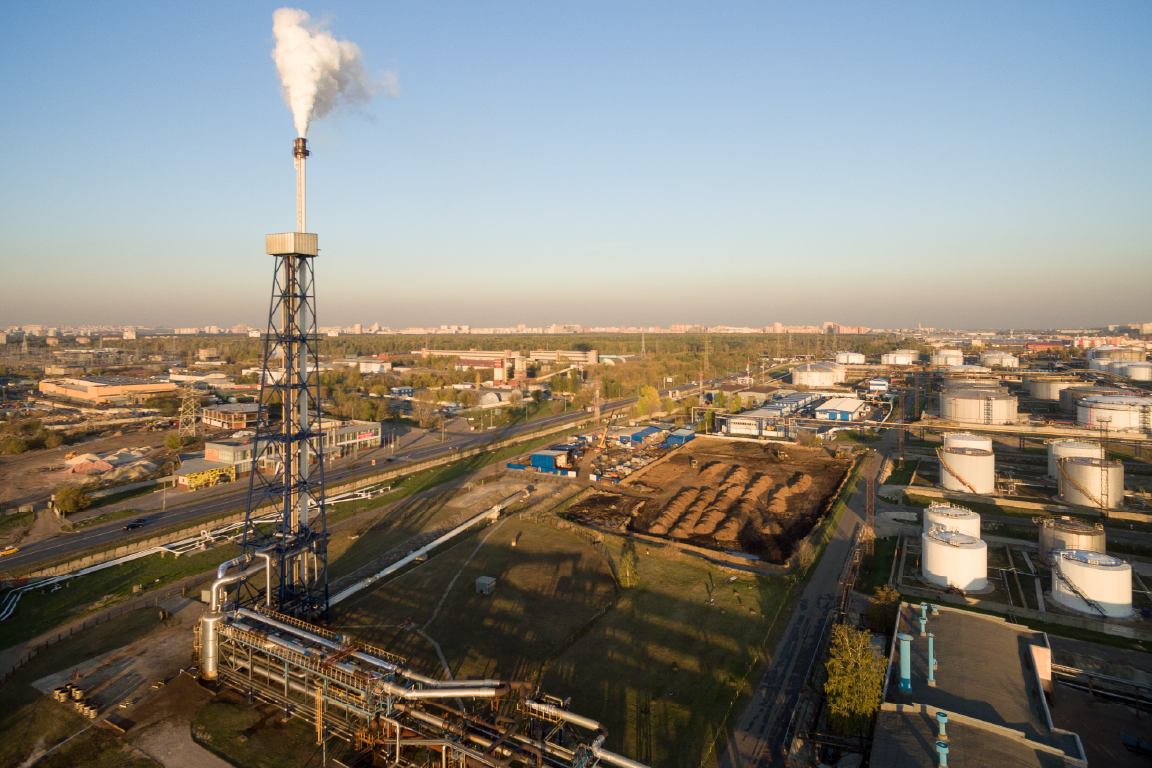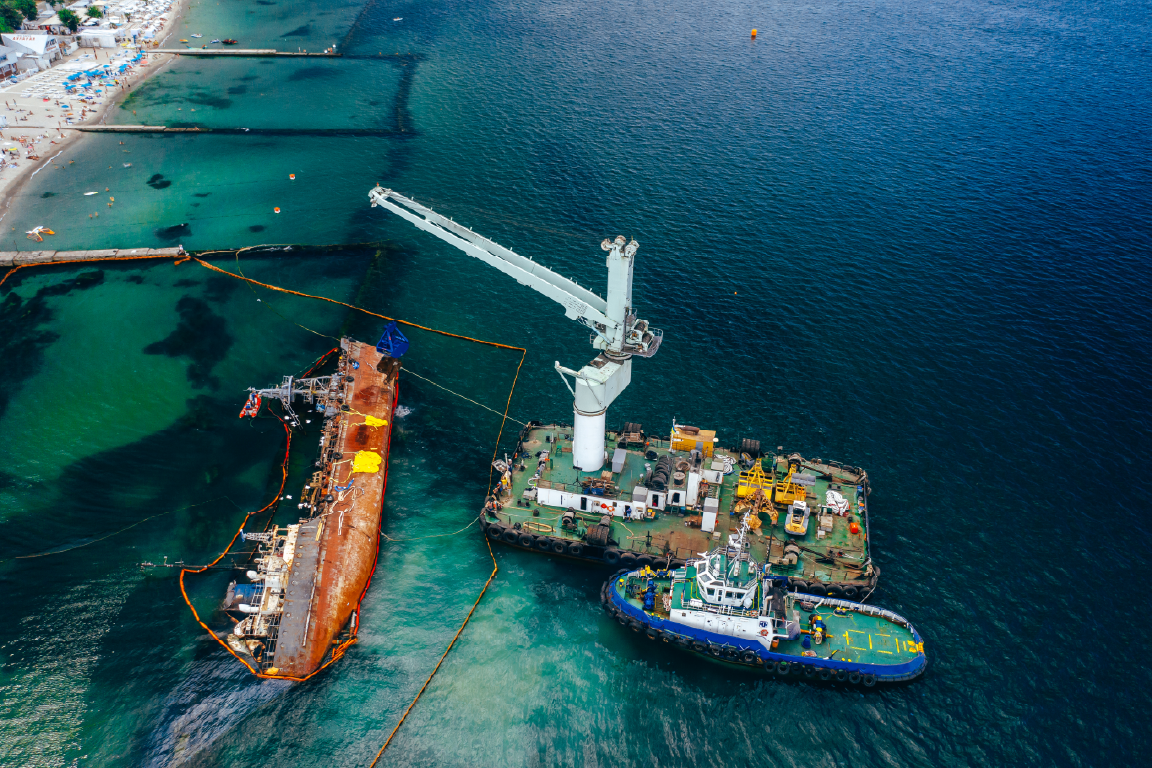OVERVIEW REPORT
GlobalOil andGas ExplorationMarket Overview
The global oil and gas exploration sector is poised for substantial transformation
within the
given forecast period. Factors such as technological advancements, escalating energy
demand, and strategic investments are expected to drive the market. Despite the emergence
of renewable energy sources, oil and gas remain primary contributors to the global energy mix,
thus ensuring their continued relevance. The industry landscape is marked by significant
innovations in exploration technology. Advanced seismic surveys, enhanced imaging, and
drilling technologies have substantially reduced exploration risks. This has enabled the
industry
to access previously unreachable reserves, contributing to market expansion. Investments in
exploration activities are anticipated to increase, fueled by rising energy demands from
emerging economies. The need for energy security and diversification of energy sources
further fuels these investments. Meanwhile, the geopolitical tensions and regulatory changes
in key oil-producing regions may pose challenges to market growth. continues to lead in
exploration activities. However, regions such as Africa and South America are expected to
witness increased exploration activities due to the presence of untapped reserves. The sector
is also witnessing a growing emphasis on sustainability,with companies focusing on reducing
their environmental footprint. This is reflected in the increased adoption of technologies for
reducing carbon emissions and improving operational efficiency.
2 Market Dynamics
2.1 Market Drivers
Market Drivers:
The surge in demand for energy worldwide, driven by industrialization and rapid
urbanization,
primarily in emerging economies, is a primary driver for oil and gas exploration activities.
Innovative technologies like hydraulic fracturing, horizontal drilling, and digital technologies
are
opening previously inaccessible reserves, driving growth. For example, hydraulic fracturing has
enabled the U.S.to tap into shale gas reserves, making it a leading global producer.
Strategic investments and supportive government policies are also fueling the market. In
countries like Saudi Arabia and Russia, national oil companies are investing heavily in
exploration activities, thereby driving the market.Meanwhile, countries like the U.S. and Canada
are offering tax incentives and regulatory support for oil and gas exploration, further
propelling
the industry.
Another significant driver is the increasing exploration of unconventional
resources. With
conventional reserves depleting, oil and gas companies are now exploring unconventional
resources like shale gas, oil sands, and coalbed methane, which are abundant and have
become economically viable due to technological advancements.
Lastly, the growing demand for natural gas due to its lower emissions compared to coal and oil
is pushing companies to explore new gas fields, thereby driving the market.
2.2 Market Restraints
Market Restraints:
Despite the steady demand for oil and gas, several factors restrain the growth of
exploration
activities. The industry’s capital-intensive nature acts as a deterrent, with high upfront costs
for
exploratory drilling and infrastructure development, which can be particularly burdensome for
companies in times of volatile oil prices. Additionally, environmental concerns and regulations
have become more stringent, causing delays and increasing expenditure on safety measures
and clean-up operations. The shift towards renewable energy sources is another key restraint.
As countries aim to reduce their carbon footprint, there is increased investment and focus on
developing renewable energy infrastructure, which could decrease the demand for fossil fuels
in the future
Geopolitical tensions and conflicts also pose significant risks to oil and gas exploration
activities.
These can lead to supply disruptions and market instability, negatively impacting investor
confidence and funding.
Finally, the recent COVID-19 pandemic has created an unprecedented global crisis, impacting
all sectors, including oil and gas. Reduced industrial activity has led to a decline in energy
demand, thereby impacting exploration projects. As the world recovers, the speed at which
these projects resume will greatly influence the market’s trajectory.
2.3 Market Opportunities
Under the umbrella of Market Opportunities, the advent of advanced technologies can
unlock
new avenues in the oil and gas exploration sector. As the industry grapples with cost and
environmental concerns, technology such as Artificial Intelligence (AI) and Machine Learning
(ML) can enhance efficiency and reduce operational costs. These technologies can be utilized
for predictive maintenance, thus minimizing unexpected shutdowns and expensive repairs.
Furthermore, significant opportunities lie in the exploitation of unconventional resources. The
successful commercialization of shale gas in the United States paves the way for similar
developments in other regions. The extraction of methane hydrates also presents a promising
avenue for the future.
Additionally, theArctic region,with its vast untapped reserves, presents a significant
opportunity
for oil and gas exploration.While the region poses unique challenges such as extreme weather
conditions and sensitive ecosystems, advancements in drilling technology and
environmentally friendly practices can make Arctic drilling a viable prospect
Finally, partnerships and collaborations between oil and gas companies and local governments
can foster a conducive environment for exploration activities. Such synergies can help navigate
regulatory landscapes, share risks, and pool resources for mutual benefit.
Market Segmentation
3.1Type of Exploration (Onshore andOffshore)
3.1.1Onshore Exploration
Onshore exploration, as part of the oil and gas industry, involves the search for hydrocarbon
deposits beneath the earth’s surface in land-based or inland sites.
Unlike offshore exploration, onshore activities do not require specialized marine equipment or
adherence tomarine regulations, thus making it a less expensive and easier process. In recent
years, advancements in technologies such as hydraulic fracturing and horizontal drilling have
made onshore exploration more efficient and cost-effective. These technological innovations
have expanded the reach of exploration activities, allowing companies to tap into previously
inaccessible or unfeasible reservoirs. This has resulted in a resurgence of onshore exploration
in certain regions.
For instance, the United States, with its prolific shale reserves, has seen a boom in onshore
exploration and production activities. Similarly, countries with vast land resources and
untapped
reserves like Russia, Saudi Arabia, and China have also been focusing on onshore exploration
to meet their growing domestic energy demands and boost exports.
However, onshore exploration is not devoid of challenges. Environmental concerns, such as
potential groundwater contamination and induced seismicity, are posing significant obstacles.
Additionally, land acquisition and rights issues can often delay projects and increase costs,
affecting the overall profitability of onshore exploration activities. In terms of market share,
onshore exploration and production activities occupy a significant portion of the oil and gas
industry due to their lower operational costs and technological accessibility. This market
dominance is expected to continue over the forecast period, driven by the increasing global
energy demand and continuous advancements in exploration technologies.
3.1.2Offshore Exploration
Offshore exploration refers to the search and extraction of oil and gas deposits found beneath
the seabed. This segment is characterized by its complex and capital-intensive operations that
require advanced technology and equipment for drilling beneath the sea floor.
The offshore exploration segment has witnessed significant growth due to the depletion of
onshore resources, pushing companies to explore new reserves in deeper and more remote
offshore locations. With advancements in seismic technologies and drilling techniques,
companies have been able to explore and produce oil and gas in challenging offshore
environments, leading to the discovery of significant reserves.
However, offshore exploration also faces unique challenges. The operations are subjected to
stringent environmental regulations due to the potential risks of oil spills and their impact on
marine ecosystems. Moreover, offshore projects require high capital investment and longer
project timelines, which can impact the return on investment, especially during periods of low
oil
prices.
Technological innovation has been a key enabler in the offshore exploration market.
Developments in subsea technology, such as remotely operated underwater vehicles (ROVs)
and seismic imaging technologies, have improved operational efficiency, and reduced
environmental risks.
The North Sea, the Gulf of Mexico, and the waters off Brazil, West Africa, and Australia are
among the key regions for offshore exploration, due to the presence of large oil and gas
reserves.On the other hand, the Arctic region is gaining attention due to its untapped
potential,
although it also presents significant environmental and operational challenges.








